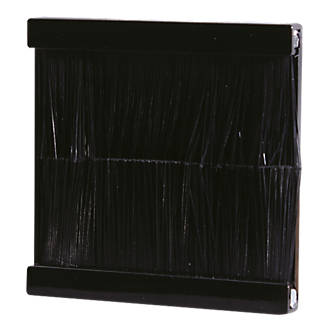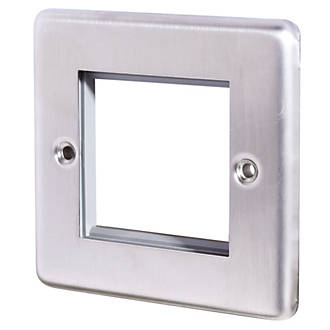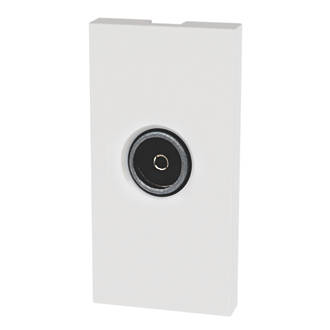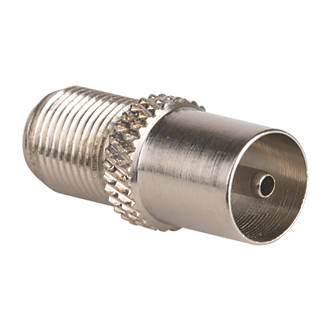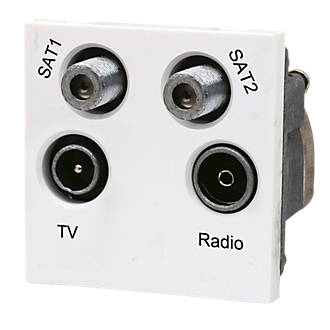I think although having no break in cable is electrical best, having a pair of cables just coming out of the wall looks cheap and nasty. LAP do a grid system of switches, sockets, and brushes which can be used to make it look neater. These
brushes fit into these
see
here and
here allowing the inside at least to look neat. There are also standard TV and F type connectors which fit the same system, you can mix and match.
I use TV and F type simply to identify which system, satellite or freeview, it does seem the standard TV connector has two thicknesses of centre pin, using these
I have found some of these
have too thick a centre pin, not a clue where they came from in first place, but there are the easy way to adapt leads for F type or TV.
Be aware
these are
NOT just connection boxes, inside the module there is a set of filters, these allow you to use one coax to take multi frequency signals and split them at the wall, they need another similar unit the other end to combine the signals. The same applies to some face plates, some simply give you a plug or socket, others have a braid break built in. TV or any other aerial device can receive a static charge, so when you plug in your aerial you can get a nasty belt, capacitors will allow TV signal through but not the DC static build up, so having the braid break in the socket from outside is good, however using these sockets to send TV signals around the house they will again stop DC so things like Sky digieye will not work.
With satellite signals they come from a LNB not an aerial so no need for braid break, in fact a braid break would stop them working as they need DC power up the coax, so F type connectors do not have any filters built in, but with TV wall plates there seems to be no standard which tells you which have built in braid break and which do not, I used the LAP grid with Sky so they don't have a filter to stop static.
Where a mast head amplifier is used, the amplifier has the braid break so no need for it in the socket, in fact again if fitted the amplifier will not get the DC up the coax it needs to work. As to best connector I am sure the N type is better than F type, however with high frequency signals some matching is required and N type is normally 50 ohm where TV is normally 75 ohm and old computer LAN cables were 95 ohm. I have seen coax as thick as my arm on some sites, this is not needed for TV. It's not the best you need but most appropriate for the function.
Location does matter, in my mothers house I would not expect to have problems with static build up on aerial wires, on my house I would, the braid break does not only stop static, it also is often a band pass filter which stops out of band signals from getting into the TV or set top box, I can transmit at 400 watt and I could be living next door to you, without the filter that strength of signal could upset your TV or set top box. However I have not been able to find a BS type number or EN BS number which identifies which wall plates have filters and which do not.
With telephone sockets we have two names "master" means it has spark gap, and capacitor fitted to stop static from outside (it also works bell on old phones) and "Slave" which means no components fitted, today the socket may also split phone and data, but point is it's easy to work out which is which. It seems some call sockets with filters "Shunted" and those without "Feed through" but it is not a generally used description. In the UK thunder storms are not that common and so we tend not to worry too much about static build up, other countries have a far bigger problem.


